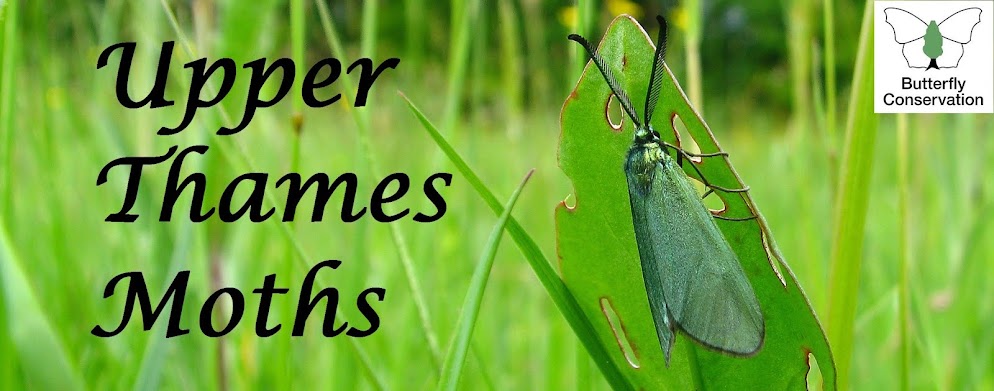To head off likely requests, I should add that last night's two November Moth males here both had their private parts inspected. November Moth, Pale November Moth and Autumnal Moth can't be separated safely on wing pattern. The males can be done by dissection but this is usually unnecessary because there are differences between the projections on the eighth sternite of the abdomen underside. These can be viewed under a hand lens or low-powered microsope if the scales are carefully brushed away (comparison pictures are available on the Dissection Group web-site here), although in my experience the moth rarely survives the experience even if temporarily anaesthetised. So far as I'm aware - and this is contrary to the notes given in the field guide - females of the three species are not separable even by dissection.
 |
| November Moth, Westcott 9th October |
Dave Wilton

I can't spot any differences in the females' bits. The projections are called octavals.
ReplyDeleteThe comment in the FG is wrong I don't know how I missed that but rest assured it will be corrected for the 3rd edition - out next year, btw. Glad you mentioned it Dave although I'm sure I couldn't have missed it again !
ReplyDelete